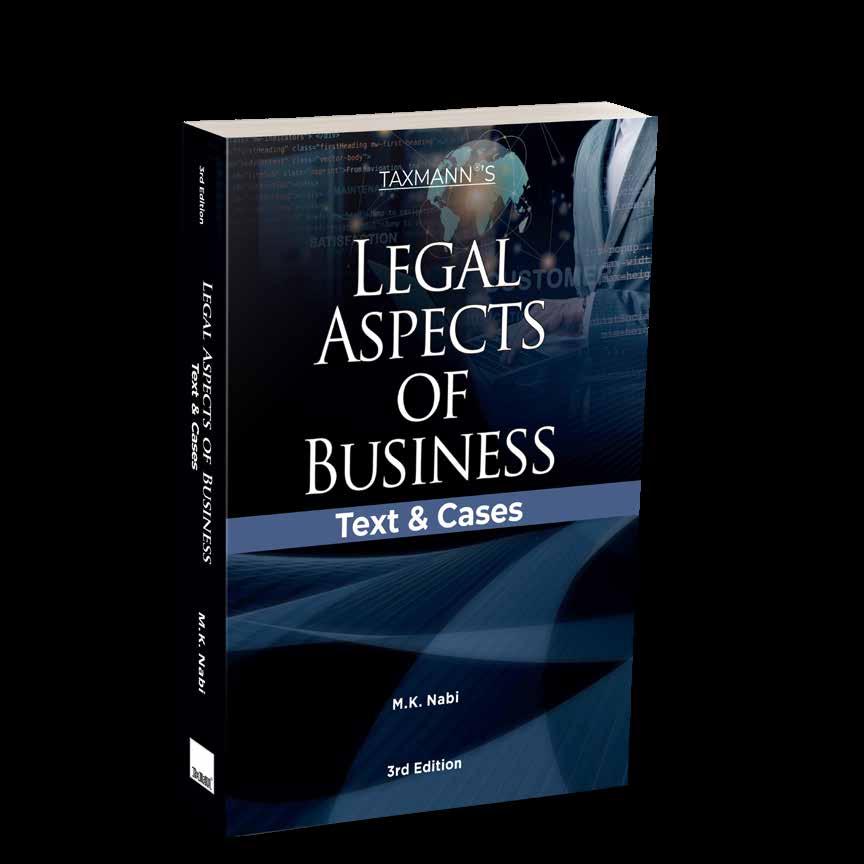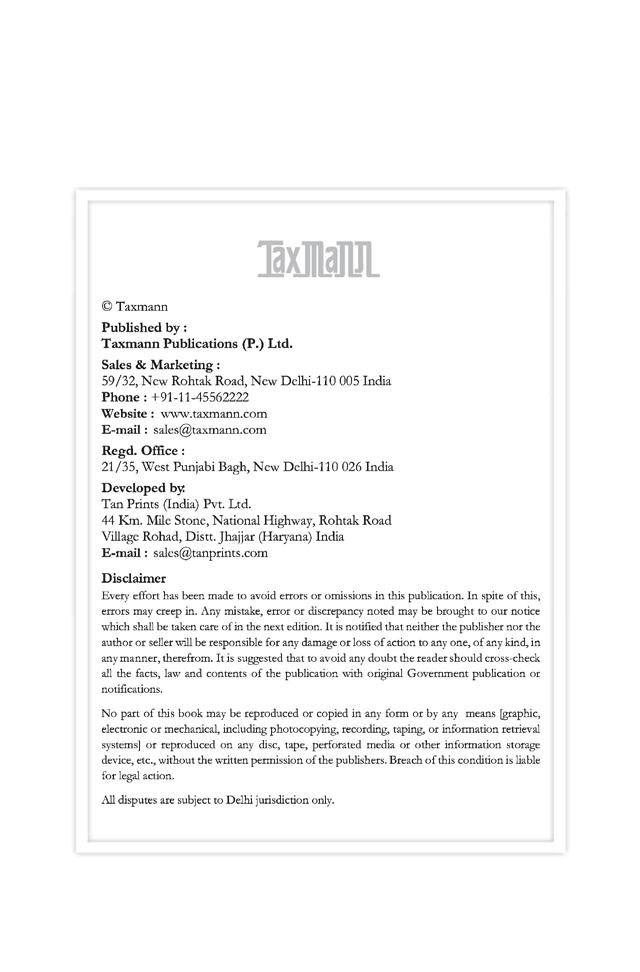








Salient features of the Consumer Protection Act, 1986:
Caveat emptor means let the buyer beware.
1. E-commerce Transactions
2. The Central Consumer Protection Authority (The CCPA) Central Consumer Protection Authority (the CCPA) -
3. Product Liability
4. Punishment for Misleading Advertisement -
5. Change in Pecuniary Jurisdiction
6. Provision for Alternate Dispute Resolution
Rights of Consumer
Right to safety
Right to be informed
Right to be assured
Right to be heard
Right to seek redressal
Right to Consumer education
Right to safety
Right to be informed
Right to be assured
Right to be heard
Right to seek redressal
Right to Consumer awareness
WHO CAN FILE A COMPLAINT?
Consumer is a person who uses or consumes goods or avails any service.
i ii iii
Filing of complaint
HOW TO FILE AN APPLICATION UNDER CONSUMER PROTECTION?
1. Determining the Jurisdiction:
2. Preparing the Complaint:
3. Filing Options:
4. Fee and Procedure:
Additional Tips:
Registration: Registration
Filing the Complaint: File Complaint
Fees and Payment:
Post-submission:
Additional Resources:
National Consumer Helpline:
Note:
The Central Consumer Protection Council
The State Consumer Protection Council
The District Consumer Protection Council
The Central Consumer Protection Authority (The CCPA)
motu
Power of Central Authority to issue directions and impose penalties against false or misleading advertisements
Provided
CONSUMER DISPUTES REDRESSAL MACHINERY
Three level hierarchy of Consumer Disputes Redressal Agencies
1. District Consumer Dispute Redressal Commission
2. State Consumer Disputes Redressal Commission
3. National Consumer Disputes Redressal Commission
Pecuniary Jurisdiction
Consumer Commission Pecuniary Jurisdiction under Consumer Protection Act, 1986 Pecuniary Jurisdiction under Consumer Protection Act, 2019
AUTHOR : M.K. NABI
PUBLISHER : TAXMANN
DATE OF PUBLICATION : DECEMBER 2024
EDITION : 3RD EDITION
ISBN NO : 9789364557221
NO. OF PAGES : 804
BINDING TYPE : PAPERBACK


This book adopts a fresh approach to acquaint the readers with the nuances of various business laws. The methodology is curated for those venturing into the world of law for the first time; this book strikes a sublime balance between comprehensive content and ease of understanding.
It is designed to cater to the needs of MBA, PGP, M.Com. students. and other allied courses. It focuses on helping the reader grasp the basic tenets, terminologies, and legal jargon. This book covers the syllabus of legal aspects of business, business law, and company law prescribed by various Indian universities and institutions.
The Present Publication is the 3rd Edition, authored by Dr. Mohammed Kamalun Nabi, with the following noteworthy features:
[3rd Edition Highlights]
o Updated Chapters
Consumer Protection (latest amendment)
Companies (Amendment) Acts of 2019 and 2020
Negotiable Instruments
Intellectual Property Rights
Online registration of companies and LLP incorporation (Spice+ form)
o New Chapters
Insolvency and Bankruptcy Code, 2016
MCA-21 and E-filing
Environmental Protection Act, 1986
o Amendments to Key Laws
Competition Act, 2002
Right to Information Act, 2005
Information Technology Act, 2000
SEBI Act, 1992
Environmental Protection Act, 1986
[Clear & Systematic Presentation] Simple language and structured explanations
[Comprehensive Coverage] Over ten business laws with case laws and examples
[Detailed IT Act & IPR] Extensive treatment of these topics
[Practical Examples] Real-world caselets and examples
[Student-Oriented] Developed from extensive student interactions and teaching experience